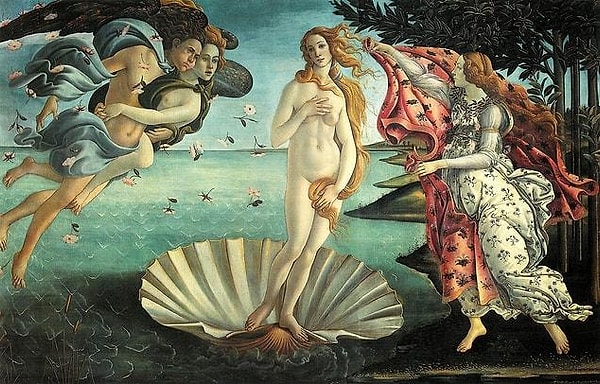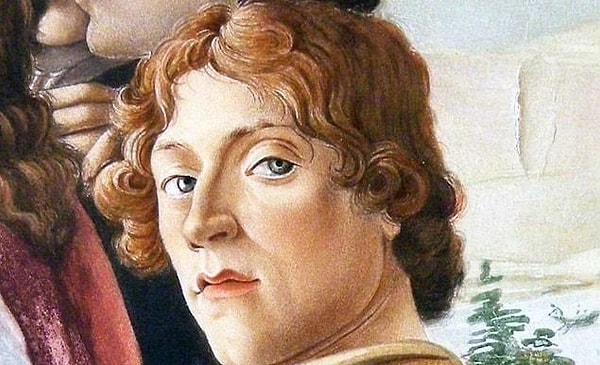Sandro Botticelli was inspired by many artists and sources. The most important of these is the poem by the famous poet Angelo Poliziano about the Birth of Venus. This poem was taken from an ancient Greek hymn to Aphrodite, the goddess of love and beauty.
Aphrodite is her name in Greek mythology and Venus is her counterpart in Latin mythology.



